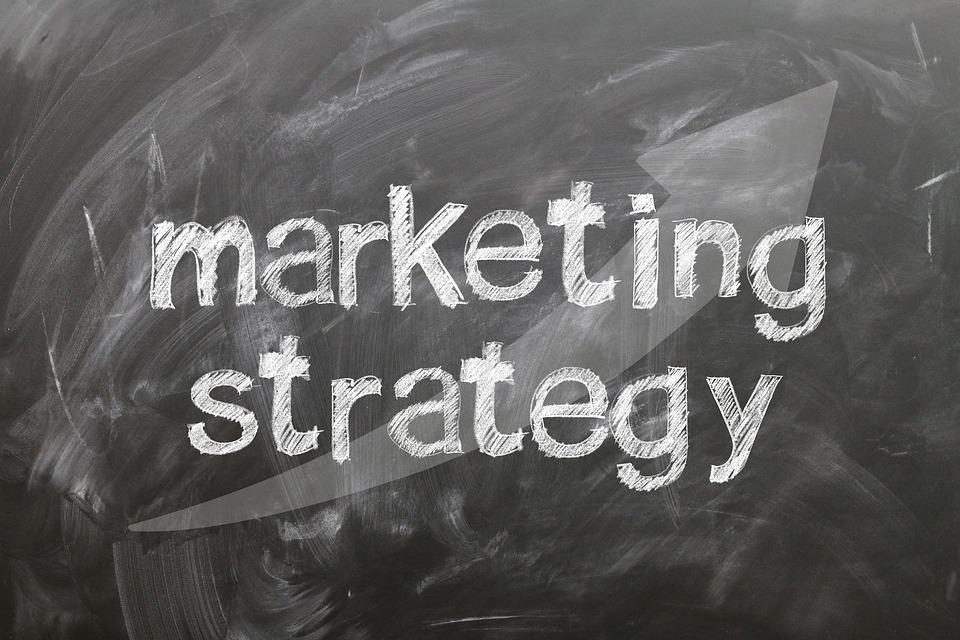Marketing is the process of making a product or service known to as many consumers as possible. The process includes all kinds of promotional tactics, from market research to advertising to other businesses and consumers. A marketing strategy can also include using social media and other types of media, developing long-term relationships with customers and creating your brand’s presence in the public consciousness as Jeff Lerner teaches. Here are some of the most common ways to improve your marketing strategy. Read on to learn more. But first, let’s define what marketing really is.
Branding
Branding is a strategy used by organizations to build a consistent, positive image of their products and services. It includes everything from the logo, design, and mission statement to marketing and distribution strategies. Successful branding helps a business distinguish itself from competitors and build a loyal customer base. According to a recent survey by Zendesk, 87% of consumers rated consistent branding a vital factor in attracting and retaining customers. Listed below are some key elements of branding.
Identifying your target audience is key to effective branding. To do this, conduct surveys, interviews, or consult online communities to determine your target audience. Ensure consistency by matching your brand identity and messaging with your logo, design elements, and message. Ensure that your customer service policies are consistent as well, says Lerner. Also, ensure that your product packaging and online presence have a consistent message. A consistent brand image will make customers trust you more and buy more of your products.
Promotion
The goal of promotion is to create awareness, generate interest, and prompt a favorable response. Organizations use different types of promotion to achieve these objectives. The marketing mix includes five basic elements: advertising, public relations, personal selling, and sales promotion. The use of each one varies by business and industry. The first element – advertising – is used to reach a targeted audience and create interest. The second element – promotion – involves the creation of a memorable, positive brand image.
The second type of promotion, known as sales promotion, is used to draw attention to new products. A recent example of this was the Jio launch by Reliance. Jeff Lerner showed that sales promotions are intended to augment advertising and personal selling efforts, and add to the overall effectiveness of these efforts. The domino effect – a series of sales-driven campaigns aimed at increasing product awareness – helped a new TV commercial become a huge hit, resulting in more sales. However, firms cannot rely on sales promotions too heavily.
Regardless of whether a company uses ad campaigns or other forms of advertising, the goal of promotion is to influence the public. In addition to spreading awareness of a product, promotion also helps companies improve their reputation by building an interest in them. In turn, this creates loyal customers who buy more than one product. However, before using any type of promotion, marketers should have a clear idea of their objectives. The primary goal of any promotion is to increase sales, but it may also be used to create awareness.
Another type of promotion is called premium offers. Premium offers combine two or more products to encourage customers to purchase more of them. These premium offers may involve coupons, vouchers, or prizes. They are usually designed to attract new customers and increase brand awareness. Ultimately, premium offers also increase revenue for the company. And the benefits of premium offers are unlimited. They are one of the most effective types of marketing! When used wisely, they can generate new leads for products.
Place
When you are marketing a product, one of the most important things to consider is the place mix. Place mix refers to the activities that ensure that the product is available to the consumers in the place where the consumer lives. These activities can include the decision of how to distribute the product, physical distribution, and time and place utility according to Jeff Lerner. These activities create demand and supply in the market. In a nutshell, place mix is essential for ensuring that a product will reach the right consumers.
As a consumer, you want your product to answer your questions. What are you looking for? What are the components? Where can you find your product? What price is right for your product? Where can consumers find it? What are the logistics of that product? Where can they find it? It all depends on where the customer lives and what products they’re looking for. If you sell a product online, the place will likely be a factor in determining whether or not you’re able to sell it at a higher price.
When it comes to marketing a product, place can make or break a business. For example, a direct selling company will use direct distribution to sell its products. This method gives MLM companies an advantage over other businesses, as consumers are more likely to be loyal to a direct seller. The price of direct selling products is often lower than those of traditional retailers. The entire process of distributing goods into the consumer market involves various intermediaries, from wholesalers to retailers.
The next part of the Marketing Mix is Distribution. While it is important to have a product produced in the right place, where it is consumed is another story. By using distribution channels to take the product to the consumer, a business can ensure its products are available where they’re needed. This means distributing products to different stakeholders. If you’re looking to increase your sales, you should consider expanding your distribution channels. While you’ll have a large customer base, you should be prepared for many customers to come to your store.
Price
The role of price in marketing can be defined as the monetary value that consumers will pay to obtain a product or service. This is because price is one of the most important factors in determining a product’s perceived value. In addition, many consumers equate price with overall product quality. Therefore, higher-priced products generally have a better reputation. Here are some common uses of price in marketing. All of these examples have important implications for the pricing strategy of a company.
The pricing policy of a company is decided by two levels of management – the top managers and the lower staff. The price must match the marketing mix to attract consumers. Otherwise, the price will not be attractive to consumers. The price should be decisive for all three P’s, which are promotion, product, and place. This strategy will create a standard for all the elements of the marketing mix. Moreover, it must be consistent and maintain a range that is reasonable for the product or service that is being marketed.
During the introductory period, some companies offer their products at a low price as an introductory offer. This strategy helps them enter the market and create a customer base. After a certain period, they start raising the prices of their premier products and services. This makes the competition between products and services more intense. Ultimately, the prices of the products and services will determine the success of the business. However, companies must be aware of the price range before determining the appropriate pricing strategy.
Customer service
In a world of increasing customer demands, customer service should be an integral part of your marketing strategy. The best way to get your message across is to provide excellent service. In a nutshell, great service means giving the customer the best possible experience. It may be that a prospective customer will not purchase your product, but will recommend it because of your excellent customer service. By incorporating customer service into your marketing strategy, you will not only increase your chances of acquiring new customers, but you will also gain a loyal following.
A company’s customers are the reason it exists, so make sure your customer service strategy is centered around them. This means that it should be a top priority across all departments. Customers should be able to contact anyone at any time and receive the right level of service. Incomplete information or a long process to receive what they need can frustrate a customer. You can create a customer-friendly experience by providing helpful, quick, and accurate information.
Providing excellent service will ensure that your customers stay loyal to your brand. Good customer service will also boost your reputation, as happy customers will recommend you to others. Even if they have a negative experience with your product or service, the positive word-of-mouth will spread like wildfire. As a result, a marketing strategy that focuses on customer retention will increase your sales and profits. You must ensure that you’re providing first-class customer service in order to maintain a healthy customer base and attract more customers.
When you integrate customer service and marketing strategies, you’ll find that both departments will benefit from better collaboration. The former will conduct market research to determine what your customers want and need. The latter can use this information when fielding questions from customers, Lerner says. In addition, customer service representatives need to have up-to-date promotional materials. In general, customer service is essential to the success of any marketing strategy. If you’re not sure how to combine marketing and customer service, consult with an expert.



































